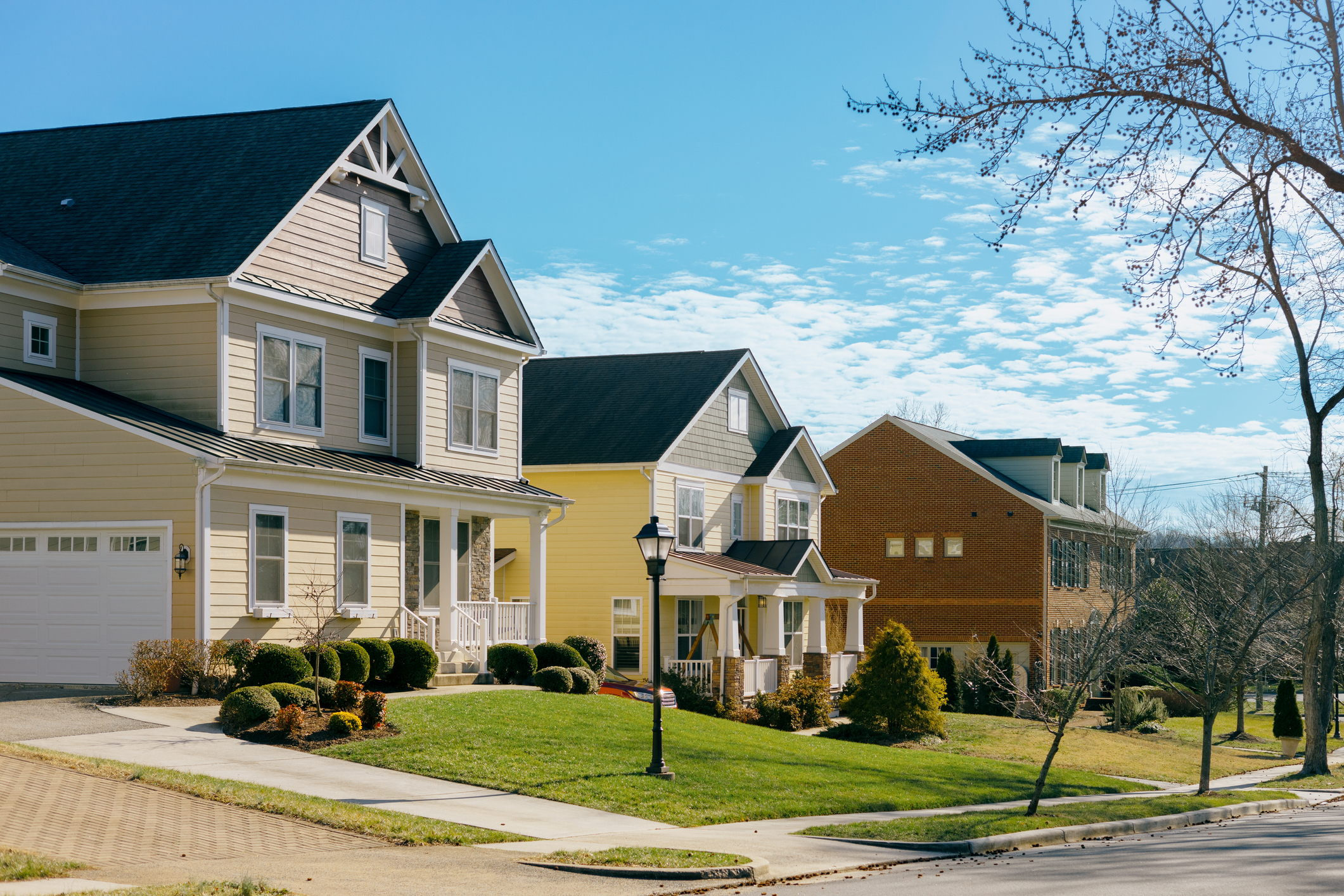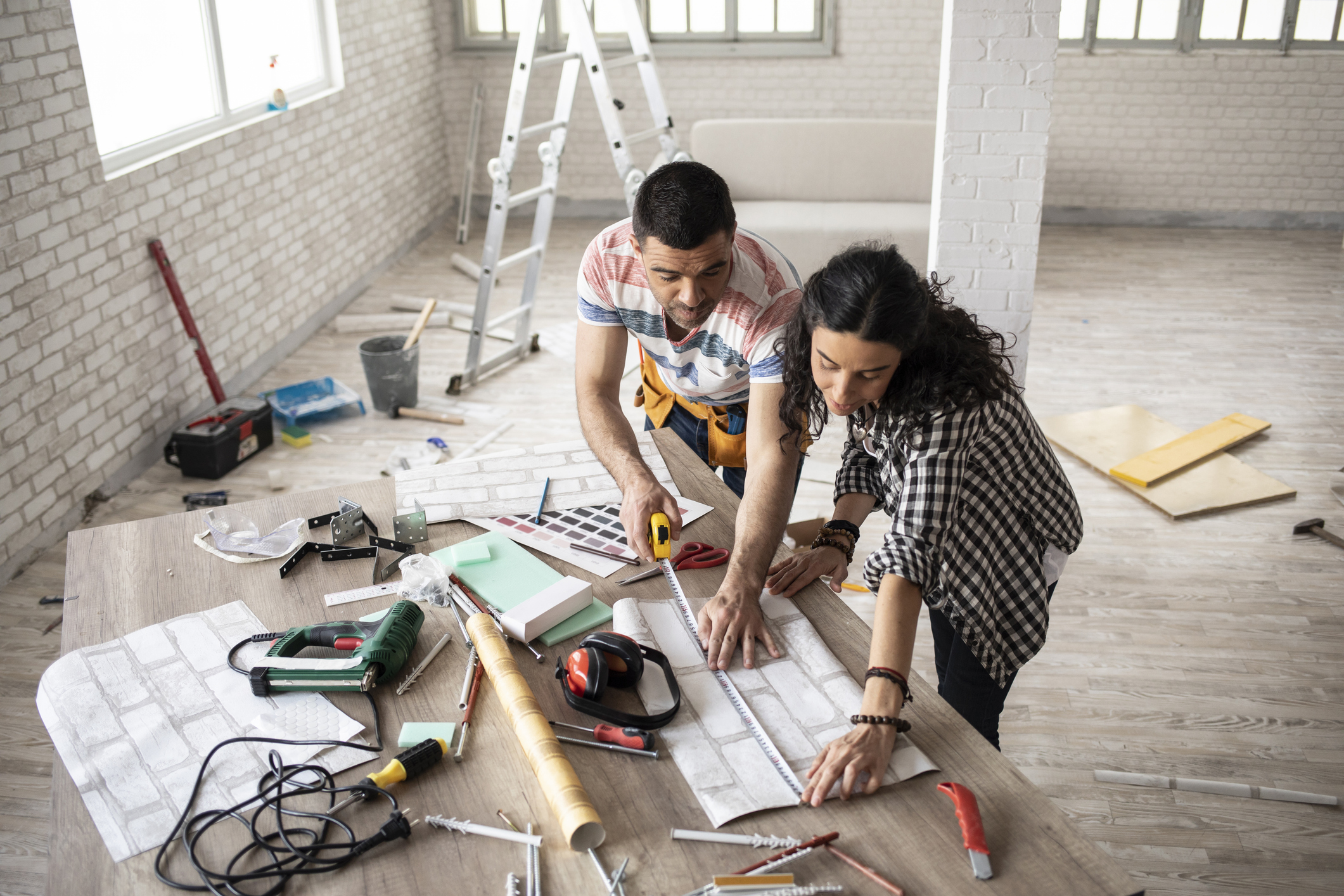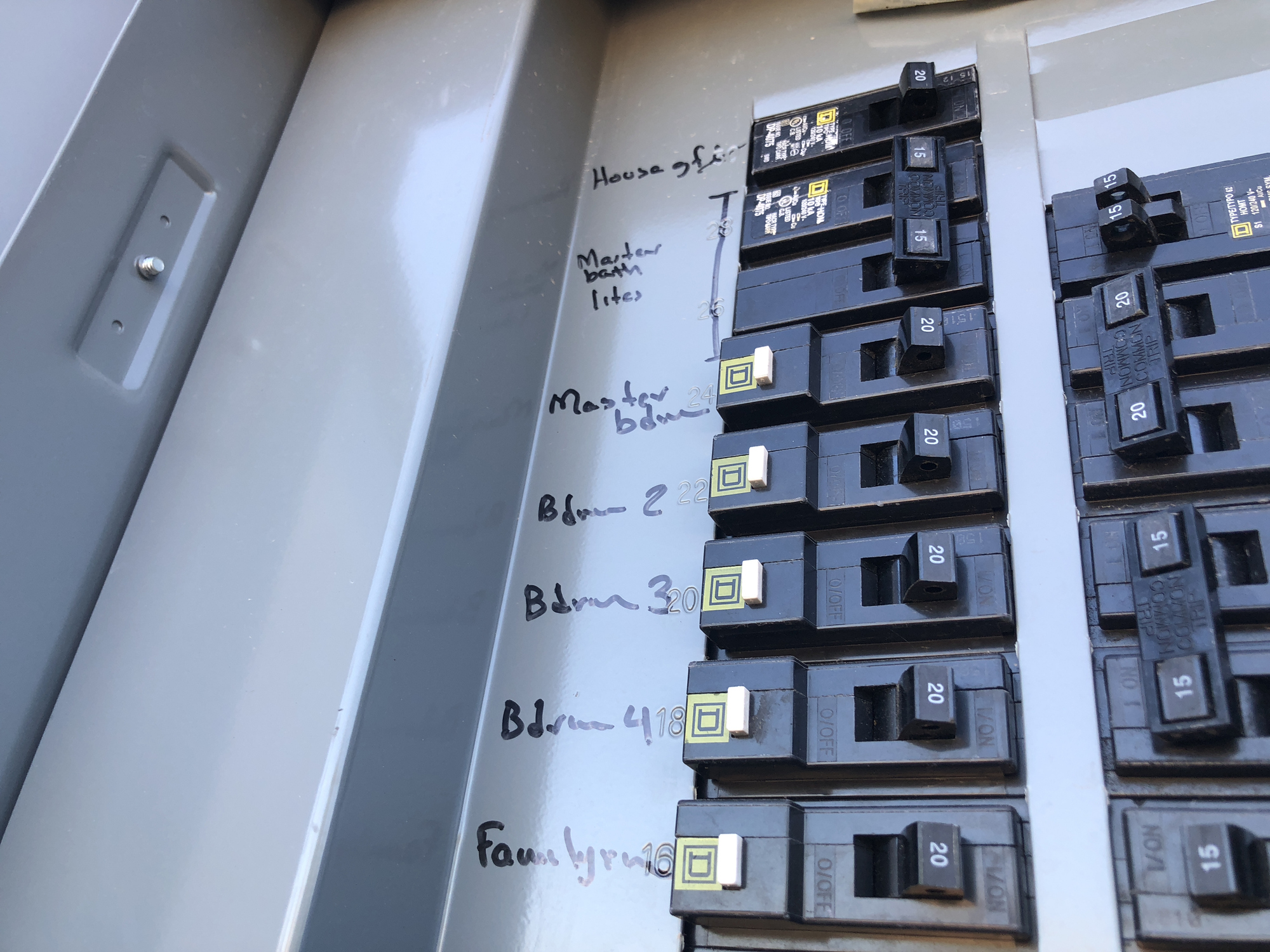
Stay Safe at Home: 9 Expert Tips from Building Safety Professionals
Everyone knows the basics of home maintenance, but there are several less obvious hazards that could put people and property at risk.
There are countless ways homeowners and renters can safeguard themselves against hazards and mitigate risks to life and property. These measures can be as straightforward as ensuring the functionality of smoke and carbon monoxide detectors and maintaining clear, unobstructed escape routes.

However, these are just the tip of the iceberg. While routine maintenance tasks like cleaning out dryer vents and ensuring fireplaces are in working order can mitigate some risks, others may be less apparent.
Now let’s hear from experts in the building safety industry as they share their top tips to ensure safety within your home.
1. Check for B-Vent Damage
Kyley Flynn, Plans Examiner II for the City of Arvada, Colorado, shares that homeowners should check to make sure their B-vent (which is used for venting gas appliances) is intact after any roof repairs are made.
“For a lot of roofers, that’s not part of their specialty,” said Flynn, noting that roofers may bump the B-vent without even knowing it. If the B-vent is knocked over or damaged, carbon monoxide could begin to build up inside the home.
“A homeowner can check and see right away if it’s knocked over or contact a mechanical contractor to check it out.”
2. When Doing a DIY Project, Be Sure to Follow Applicable Building Codes
Ashley Bassoco has seen a lot of questionable DIY projects as a Code Enforcement Officer I for the City of Corona, California. She recalls visiting homes in which the owner has added or moved a gas line using regular PVC material and ran it across their backyard to an unpermitted accessory dwelling unit (ADU).
“I’ve seen people try to move water heaters themselves. They put them on little plastic chairs from Home Depot without being strapped down with earthquake straps,” said Bassoco.
She once had to “red tag” a home (which indicates it is no longer safe for occupancy) after discovering that the owner had used a crutch to hold up one side of an unpermitted garage.
“His grandson actually hit the crutch and that whole garage portion fell down,” said Bassoco. “No one was hurt thankfully, but the property damage was catastrophic and the risk to human life was immeasurable.”

Some of the biggest dangers came when reluctant property owners neglected to make a necessary repair.
“I’ve seen a lot of substandard housing where they don’t want to fix a leak in the roof, but then the whole roof leaks and it turns into mold,” said Bassoco. “Then one night their whole ceiling falls in on them.”
Read more about the importance of following building codes during DIY projects here.
3. Check and Clean (Or Replace) Every Filter
Most people know that they need to regularly change their furnace filter, but they may not realize that their home may have other filters that need changing as well like hood vents and HVAC humidifiers. Other filters may be a bit more elusive.
“People need to understand that the equipment in their home may be substantially different from another house,” said Don Sivigny, Supervisor of Education, Rules, Codes, and Grants programs at the Minnesota Department of Labor and Industry. “Knowing how your house works is important as a homeowner.”
Sivigny has lost track of the number of times he’s asked homeowners about changing the filters in their heat recovery ventilator and energy recovery ventilator.
“They say, ‘We didn’t know there were filters in there,’” said Sivigny. “And I open up the box and not only has the filter not been changed, but the directions on how to run it are leaning against the filter on the inside.”
4. Remember That Fire Separation Walls Are There for a Reason
Part of the risk of building an unpermitted ADU is that homeowners could endanger themselves along with other occupants.
Consider what might happen if a homeowner decided to expand their living space into an attached garage without understanding building codes and without the assistance of building safety professionals. Jonah Michaels, Commercial Plans Examiner for the City of St. George, Utah, saw the end result when a homeowner’s hybrid car caught on fire.
“It was in a garage and the owner had taken down the fire separation wall,” Michaels recalled. “Everyone made it out safely without any injuries, but the fire caused damage to both the house and the garage.”
The fire separation wall wouldn’t have stopped the hybrid from catching fire, but it could have helped contain the fire to the garage area, potentially minimizing the overall damage.
“That’s a big thing,” Michaels affirmed. “Keep your fire separation walls between the garage and house intact.”
5. Don’t Tap into City Power Lines
Most people are not qualified to install new lines of electricity, but there are some who think they can or simply don’t want to spend the money hiring a professional. This can create many dangerous situations.
“I’ve seen people tap into power lines for the city and then put in their own power source,” said Bassoco. “I’ve seen them hold up the power lines with regular 2”x4” blocks in the backyard or across the roof and tie those lines into backyard lights. It causes a whole electrical issue.”
But even that’s not as scary as what can happen when people combine an unpermitted ADU with electrical panels they’ve installed themselves.

“A lot of people don’t understand that you have to get electrical panels permitted for a reason and have them checked,” said Bassoco. “This is serious because an electrical issue can kill everyone in that house because it’s inside the walls.”
6. Have an Unobstructed Escape Route
This is an easy one to overlook, especially when staying somewhere temporarily. Whether bunking with a friend, staying in a hotel or Airbnb, or moving into a new home or apartment, it’s important for people to quickly familiarize themselves with their environment.
Sivigny takes this one step further and pays attention to every exit everywhere he goes, including sporting events.
“When we go out, I always tell my wife, ‘There are exits here, here and here,’” said Sivigny. “Especially if we go to a Minnesota Wild or Vikings game. Everybody’s tendency is to go out the same way they came in. Knowing other ways out, and the quickest way out, can make a huge difference.”
Sivigny advised against staying in a hotel room without a smoke alarm. While it may not be intentional, it can happen – a contractor may take several down to change the backup batteries or to replace the units and forget about one of them. Nonetheless, Sivigny insists on switching rooms if a smoke alarm is not present.
“I was in a hotel when a fire was right across the hall from me,” Sivigny recalled. “The hallways fill up very quickly with smoke. Thus, the number-one danger I see for multi-story and multi-family buildings is: what is the second way out of this building? If the fire is at the normal entrance and you can’t get through it, you need another way out.”
7. Follow the Manufacturer’s Instructions – Within Reason
Consumers must read the manuals that come with every new device, appliance or vehicle. But there may be times when a manufacturer’s recommended guidelines sound contradictory at best or impossible at worst.
For example, anyone with a large electronic device or toy, particularly those with a lead-acid battery, may be required to charge it for 18 hours in a “well-ventilated area.” In other words, the manufacturer wants consumers to charge the battery outside. Very few people can safely do so for such a long period, especially if the device needs to be protected from water.
Instead of getting frustrated, Flynn suggested a more real-world approach to manufacturer guidelines.
“In reality, the best place is outside – if you can’t do it outside, it’s the garage,” said Flynn. “You don’t want to put those things in your house. There are firewalls that separate the garage from the house, and you have a self-closing, solid, weather-stripped door also separating the house.”
8. Don’t Let Unpermitted ADUs Ruin Your Home
Building safety professionals agree that it is imperative to get a permit for every ADU and advise against buying properties containing unpermitted ADUs.
“When buying a house, an important thing to do is look for any structure that is attached or detached that looks different from the house,” Michaels advised. “Contact the local building department and find out if any past permits for the house were pulled for any additions or remodels. That might be good information to know if the house has an unpermitted addition that might have potential issues.”
9. Don’t Take Shortcuts on Materials
Be sure to use quality products that are intended for the task at hand.
According to Bassoco, the money you save today could be far less than the cost and hassle you’ll incur tomorrow.








